The Virginia Standards of Learning curriculum Framework outlines various methods of expressing repeating patterns, encompassing objects, pictures, sounds, and movements. However, making thoughtful choices is crucial to ensure inclusive and practical learning experiences. This post will discuss attributes that express repeating patterns and highlight some important considerations. Let's dive into the attributes and address some challenges regarding a few of them.
1. Colors: While colors can be visually appealing, it's important to consider individuals with color vision deficiencies. Approximately 1 out of 12 males of Northern European ancestry have a color vision deficiency gene. (Females can also have color vision deficiency although not nearly as common as observed in males.) To accommodate all learners, avoid relying solely on color distinctions. Instead, use visually distinct objects with different colors, such as red cubes and green bear counters to represent the pattern.
2. Sizes: When using proportions to express patterns, ensure the differences are easily discernible. Unless there is a significant difference, avoid using small/medium or large/medium, as children may miscalculate these sizes and will create a mismatched pattern. Instead, opt for noticeable differences like small and large.
Use attributes such as width or thickness. One engaging activity is to use paintbrushes with varying bristle widths. During circle time, line up a row of paintbrushes, alternating between wide and thin bristle brushes while reciting the pattern.
Then provide each child with a thick and a thin bristle paintbrush, allowing them to create an ABABAB painted pattern with alternating strokes of different widths on paper. Display the work on a bulletin board for children to observe.
3. Geometric Figures: Use geometric figures for expressing patterns, but be mindful of potential confusion, especially among young children. Squares and rectangles, for instance, can be easily mixed up. To avoid this, consider using shapes like squares and circles that are less likely to be confused.
4. Orientation in Space: Orientation arrangements offer a hands-on approach to patterns without requiring additional materials. Select six student volunteers to line up against a wall. Have every other child face the wall while the others face the front of the class. Recite the pattern as "Front, back, front, back, front, back". Then invite two more students to join the volunteers and extend the pattern. This activity allows students to perceive the pattern based on orientation. Develop the orientation in space feature with objects on desks or tables, having students position objects as right side up and upside down.
Create repeating patterns using orientation cards and objects.
5. Movements: Using movements is a convenient approach to introducing repeating patterns. The "stand/sit" ABABAB pattern, requiring only chairs, is particularly engaging. Students can vocalize the actions as they perform them, reinforcing the pattern through verbalization.
6. Sounds: Engaging students with sounds adds an auditory dimension to pattern recognition. However, it's crucial to consider the abilities and limitations of young children. For example, snapping fingers may be challenging for many kindergartners. To an ensure inclusive learning situation, substitute the "snap" with a "pat". Model hands on a table or desk, followed by a clap. this modification allows for a clear sound pattern within the ABABAB sequence.
7. Numerical Sequences: It's important to distinguish between numerical sequences and growing patterns. Growing patterns increase predictably. Let's explore an example of a numerical sequence demonstrating a repeating pattern. The example below uses real numbers to create the pattern instead of symbols.
8. Pictures: It is essential to remember that the Virginia Standards of Learning Curriculum Framework encourages the use of objects, pictures, sounds, and movements to express repeating patterns. You can develop diverse and engaging classroom activities by incorporating the attributes suggested to represent patterns. Using photographic picture cards is a fantastic way to enhance your repeating patterns activities. Manipulate photographic picture cards to provide visual representations that create patterns. They are effective in teaching patterning concepts, and they integrate with other subjects. For example, if you are studying animal groups in a science unit, you can use picture cards representing an ABABAB repeating pattern with mammals and birds. You can create an ABCABCABC pattern with mammals, birds, and fish. This cross-curricular approach adds depth and relevance to your lessons while reinforcing the concept of repeating patterns.
A well-rounded approach to expressing repeating patterns ensures inclusiveness, engagement, and stimulating learning experiences. By expanding their repertoire of patterns, students will develop a deeper understanding of this mathematical concept.
Lastly, it's important to note that while the ABABAB pattern is the first one to teach in kindergarten, it is not the only one to learn. In my upcoming post I will introduce five types of repeating patterns aligned with kindergarten standards. Additionally, I will provide a helpful rubric to evaluate student progress and success in working with repeating patterns. Stay tuned for the next installment, where we'll explore more exciting patterns and assessment strategies!
If you missed the previous post, view it here: Kindergarten Repeating Patterns Objective: Unveiling the Five Components
© 2023 Molly McMahon, Lessons by Molly
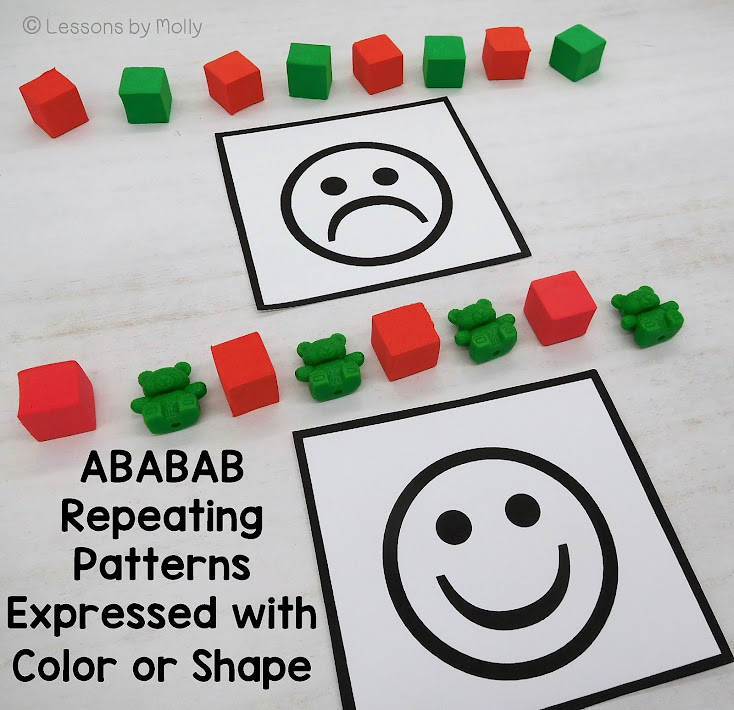
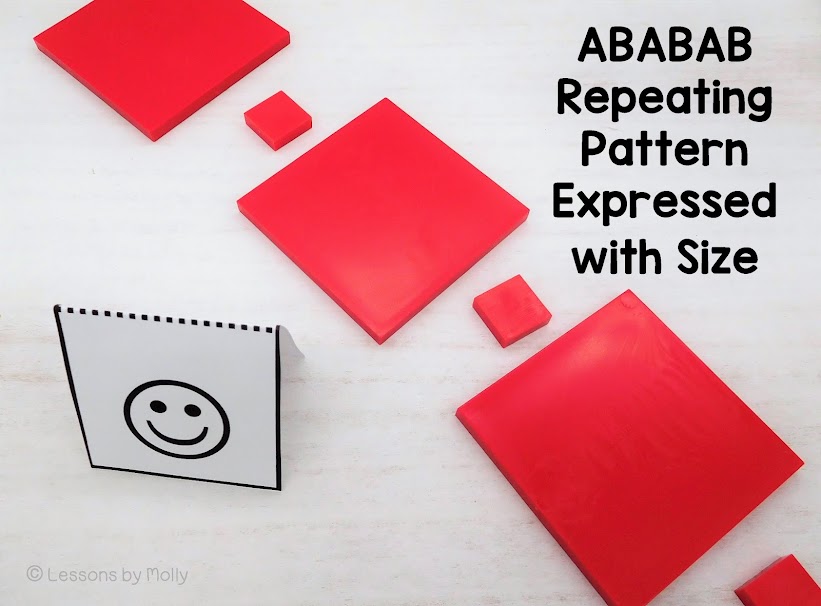
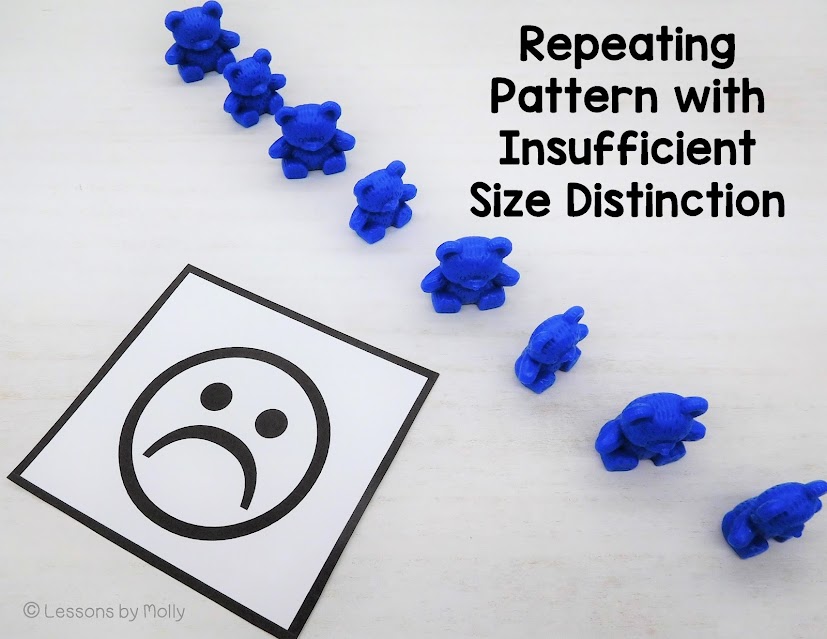
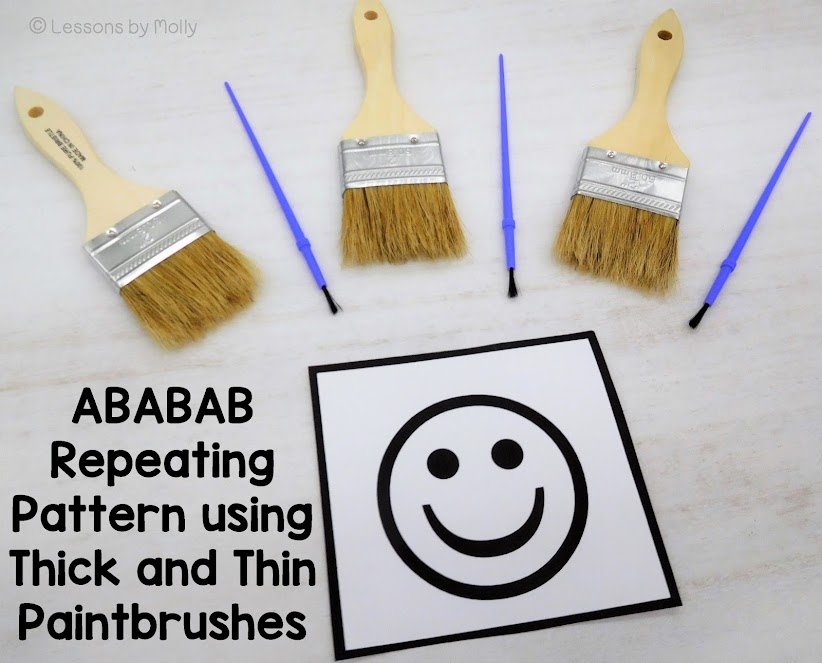

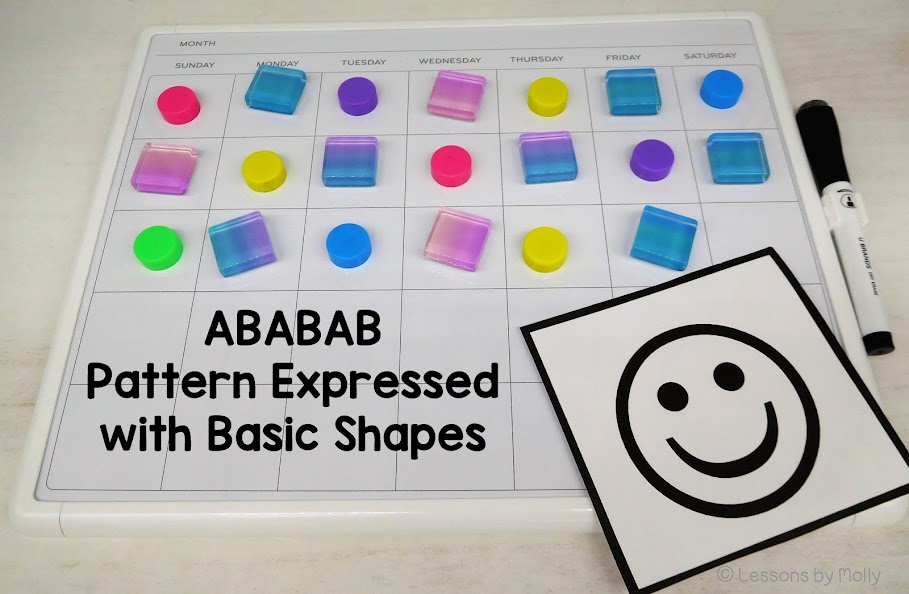


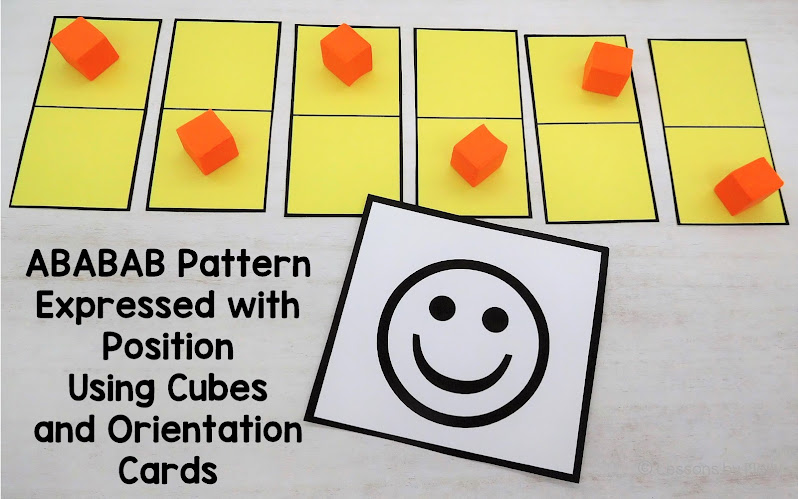


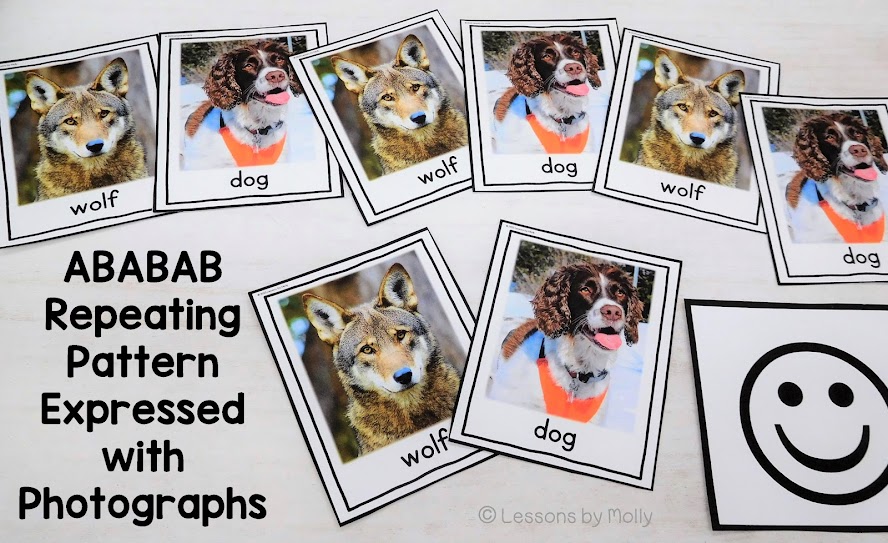

No comments:
Post a Comment